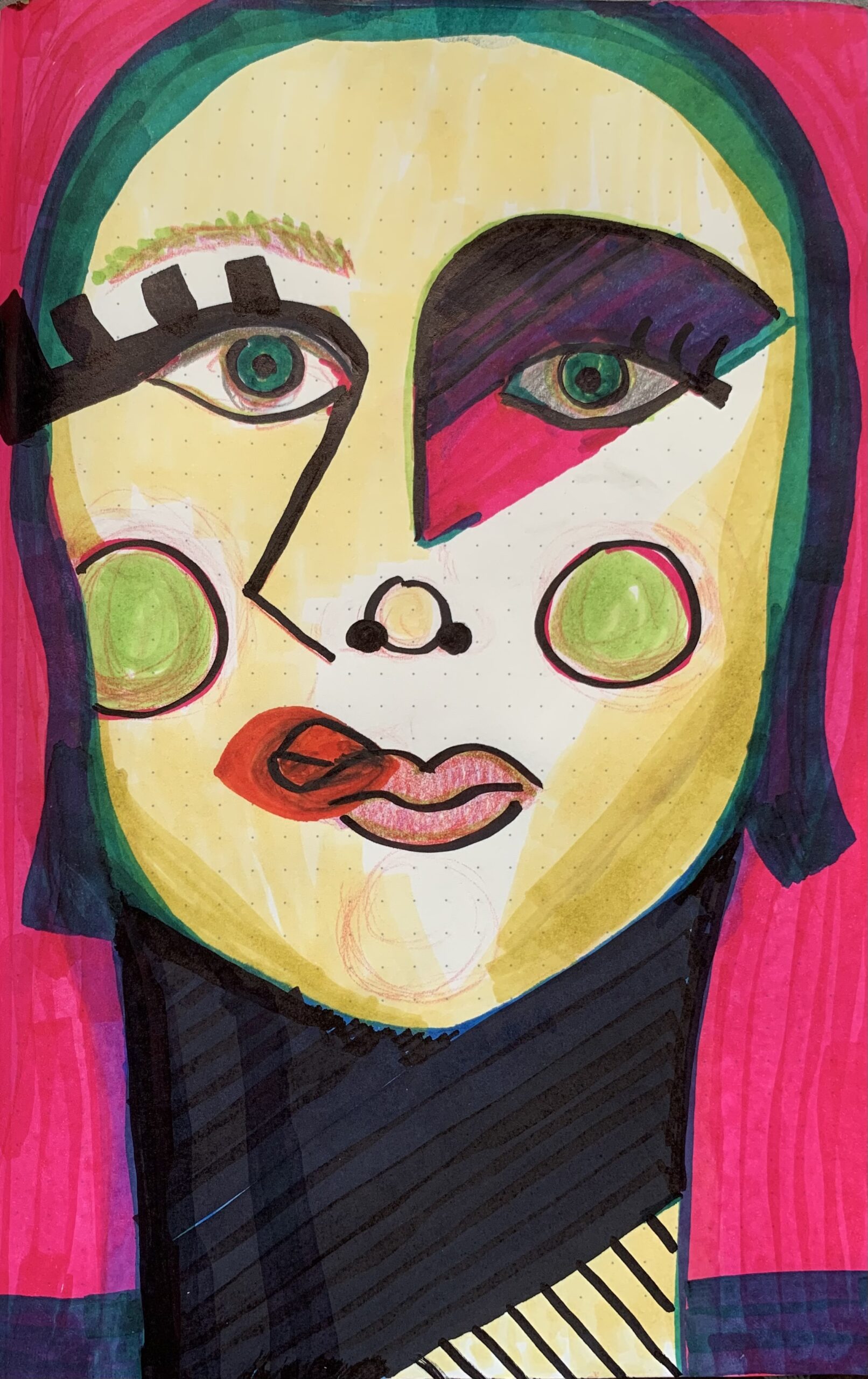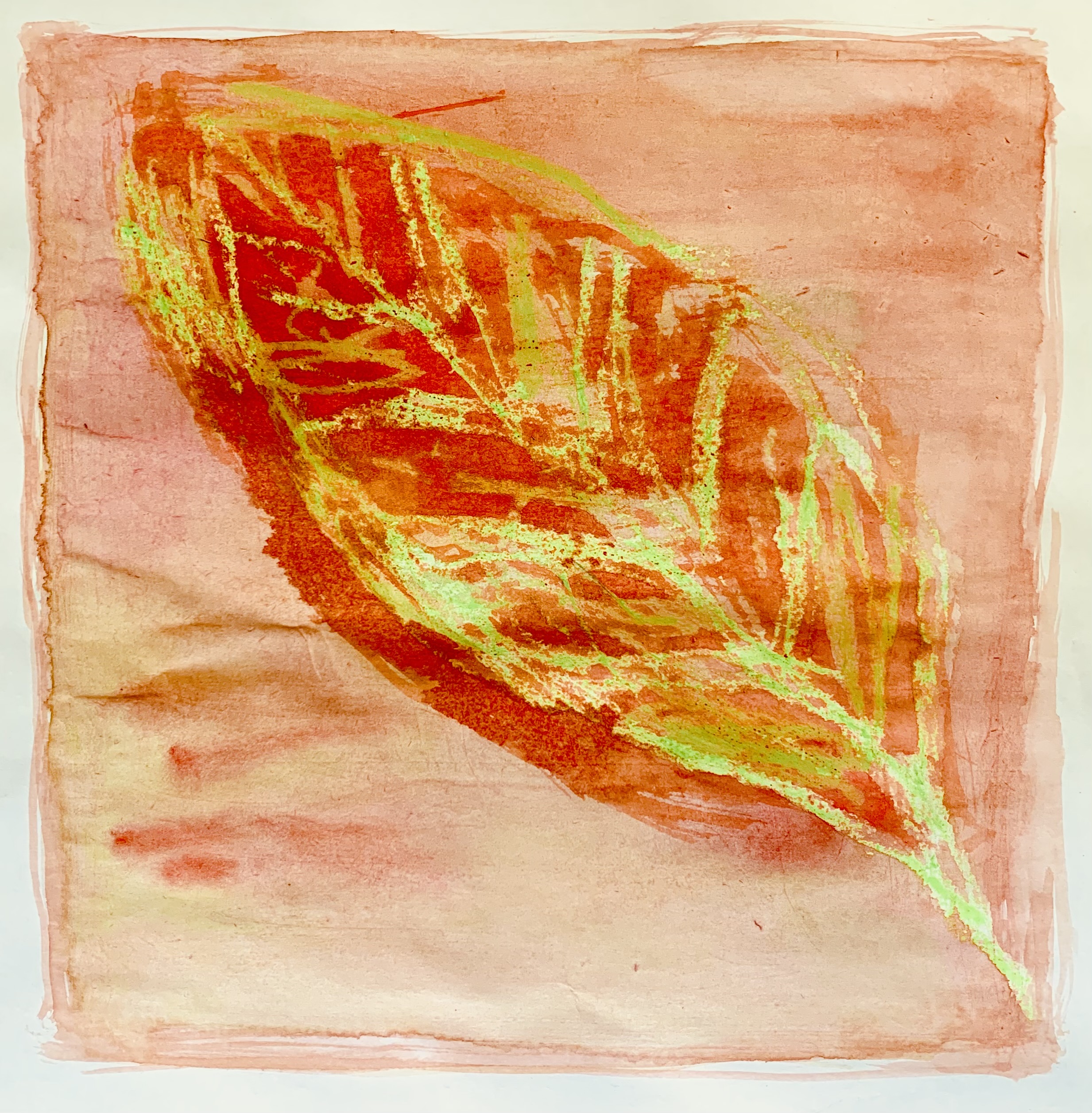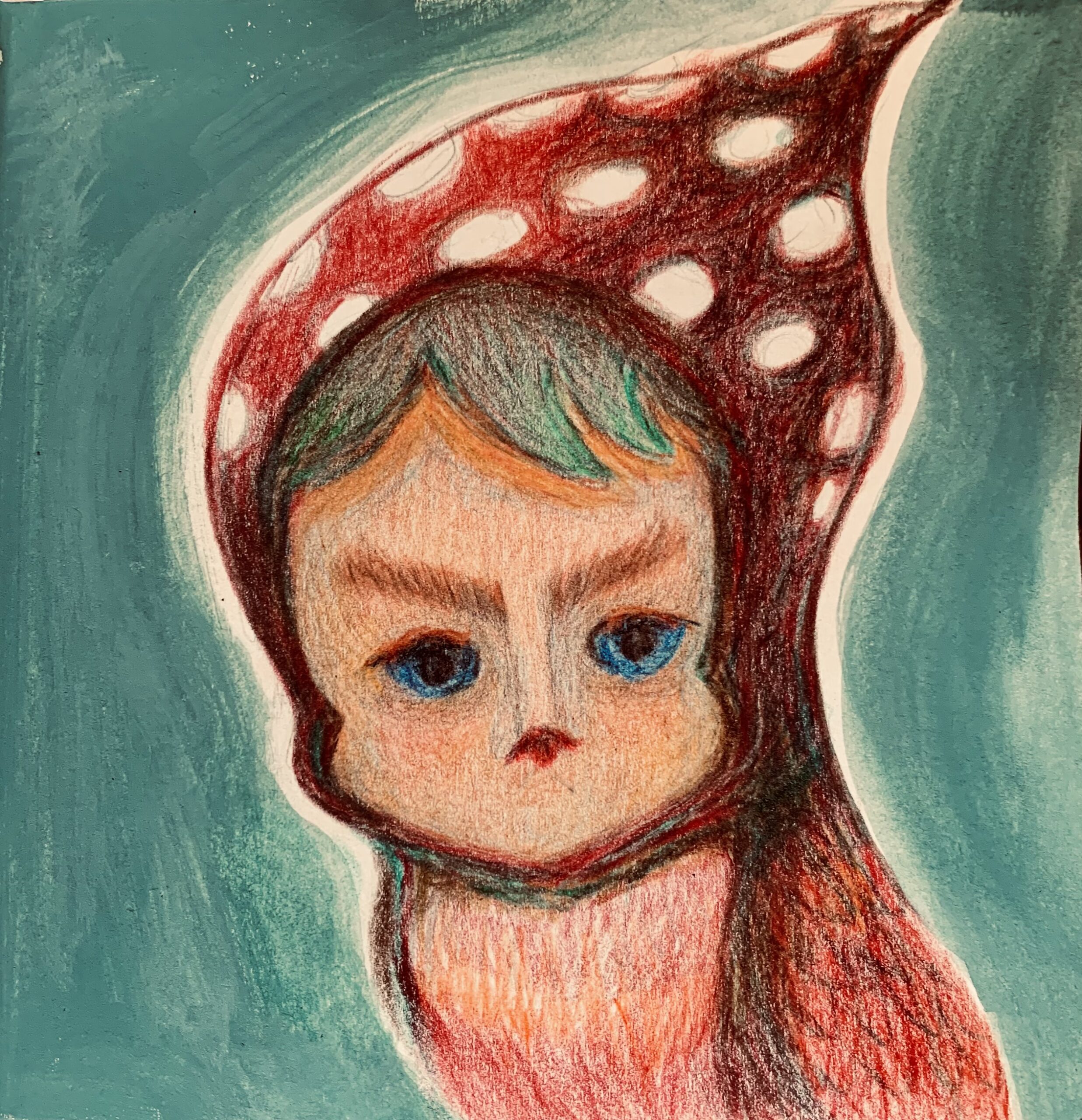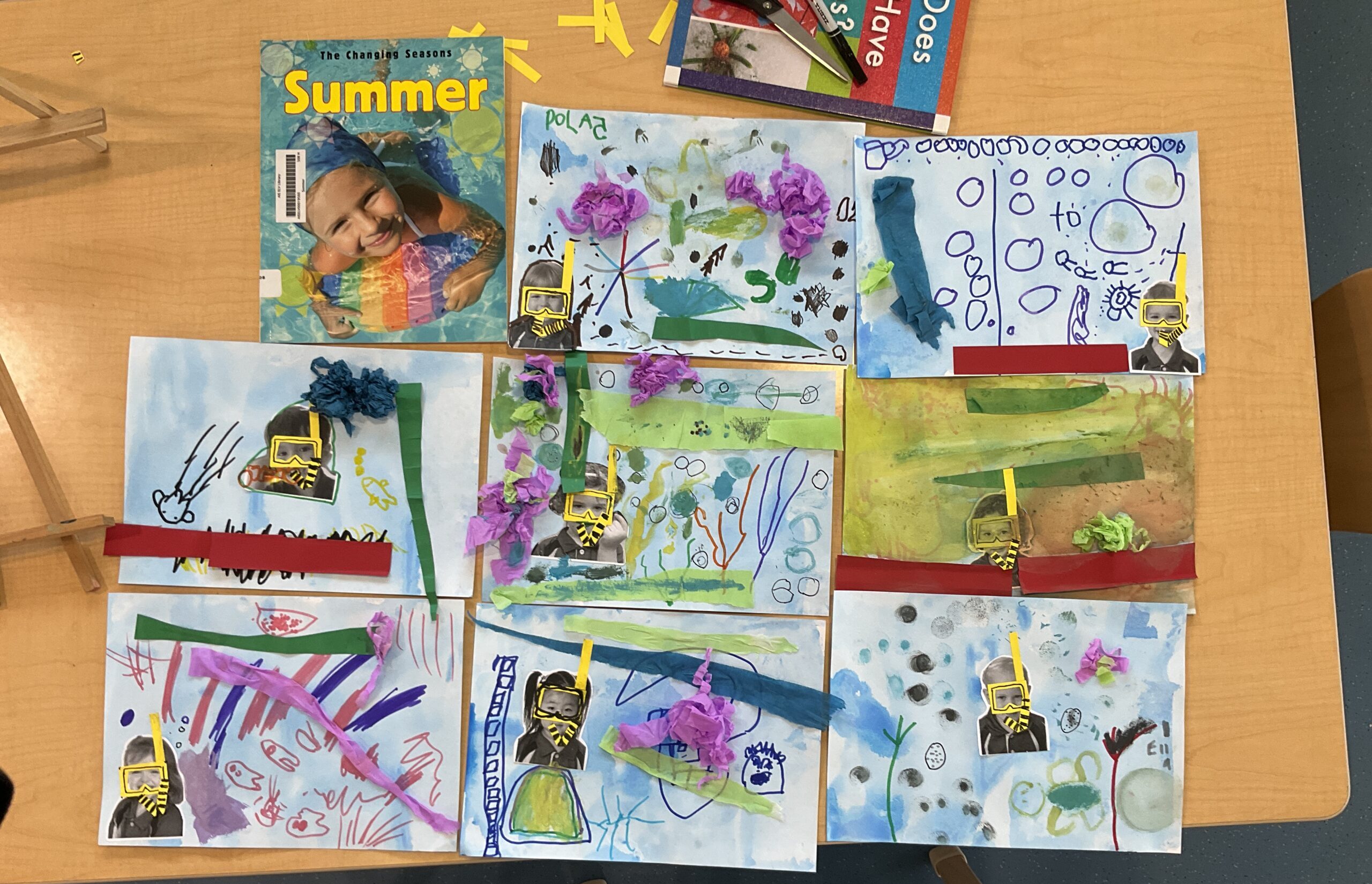Exploring Cubism and Picasso: Seeing the World from Different Angles
This week in art class, we dove into the fascinating world of Cubism, a revolutionary art movement pioneered by artists like Pablo Picasso and Georges Braque. Cubism is all about seeing things from more than one point of view at the same time—and showing those different views all together in one image. It challenges the idea that there’s only one “right” way to look at something!
We looked at Picasso’s famous Cubist portraits and talked about how faces, guitars, and everyday objects can be broken up into shapes, then rearranged to show multiple perspectives on the same plane. The students were amazed by how unusual and expressive these images looked!
Our Activity: Layered Perspectives with Transparencies
To get a hands-on feel for Cubism, we tried a fun and engaging activity using transparencies—clear plastic sheets that let us layer drawings and build a composition piece by piece.
Here’s what we did:
- Choose an Object or Scene: Each student picked a subject—a person, animal, or object they wanted to draw.
- Draw from Different Perspectives: Students drew the same subject from 2–3 different angles (front, side, top, etc.), each on a separate transparency using black marker to create bold lines and outlines.
- Layer the Transparencies: Once the different views were complete, we layered the transparencies on top of one another. Suddenly, we had a complex Cubist-style composition—just like Picasso might create!
- Add Color: Students used markers and colored pencils to fill in the shapes and sections that were created where the transparencies overlapped. They chose colors based on mood, contrast, or simply what felt expressive.
- Bold Lines for Final Touches: Finally, we used black markers again to emphasize important lines and shapes, pulling the whole piece together.
Learning Goals:
- Understand how Cubism shows multiple perspectives at once.
- Practice drawing the same object from different viewpoints.
- Experiment with layering and transparency to build complex images.
- Express creativity through color and bold line work.
The results were vibrant, abstract, and full of imagination! This project not only helped students see the world in a new way, but it also taught them that art doesn’t have to be realistic to be meaningful.
Stay tuned for our next adventure into modern art!





















